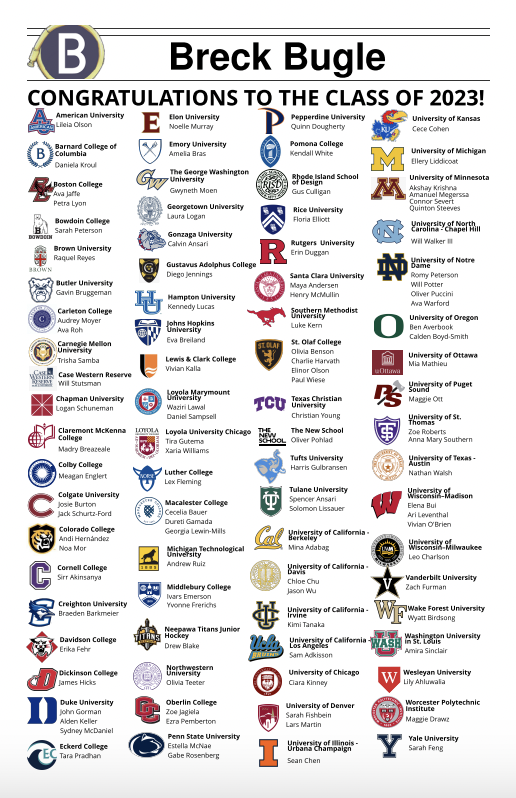The black box of English grading has long puzzled students, many of whom feel that they submit their papers and receive a result without completely understanding the process the paper went through in between those two steps. This year, English teacher Jacob Lindberg has led the 10th grade in implementing a new grading system that he felt better communicated what was being assessed.
The new system works by replacing the classic system, where students are graded on their entire essay, with a system of rubrics that focus on individual skills, such as figurative language. Mr. Lindberg argues that by focusing on individual goals, students will be able to better understand what they need to improve, receive more actionable feedback, and that there will be more clarity around what a student needs to do to be successful.
Reactions to the system were mixed. Pearl Perry (‘26) feels that the new system gives her a better understanding of what she needs to do to succeed. Phoenix Flamenbaum (‘26) agrees that “the new system…gives you a clear path of how to get a better grade.” Some students also feel that with the rubric they are in a better position to go to the teacher and show them why they feel they deserve a different grade.
However, after the first semester, some students did not give the new system an A. One thing that many students do not like about the new system is the inconsistency. The rubric language was changed multiple times over the past semester, and some students found this a bit frustrating, including the students that, in general, approve of the new system. Other students feel that the language of the rubrics themselves is difficult to understand. People also feel that they received far less feedback as a result of feedback being centered around a specific skill and not on the entire essay.
The new grading system was not adopted by all 10th grade English teachers, however. Ms. Scherer said that she didn’t adopt the new grading system for a variety of reasons. She said that the traditional holistic grading system works for her, and that she hasn’t encountered any complaints from students. In response to Mr. Lindberg’s criticism of the traditional grading system that students were unclear on what was being assessed, Ms. Scherer said that the rubric she gives students which is partitioned into sections allows students to both receive feedback on their whole essay as well as see which individual skills they are stronger or weaker in.
She also said that she had a lot on her plate this year, but that in the future she would potentially be open to adopting portions of the new system, especially if the new grading system becomes the schools official policy. Students in her class using the traditional system may not be fully on board with this. One student who was interviewed anonymously said that from what they had heard about the new system, they were gladl to have Ms. Scherer and the traditional grading system. The student said that they felt that the traditional grading rubric that Ms. Scherer uses gives students a good picture of what teachers are looking for.
It is possibly a moot point, because Mr. Lindberg said he is not set on expanding his system to other grades, although he does intend on keeping the system for 10th grade next year if he teaches 10th grade. Ultimately, Mr. Lindberg said his main goal in introducing the new system was to introduce conversations about English grading that improve the system for everybody, and ensure that everyone has a clear understanding of what they were graded on and how they can improve their writing




























